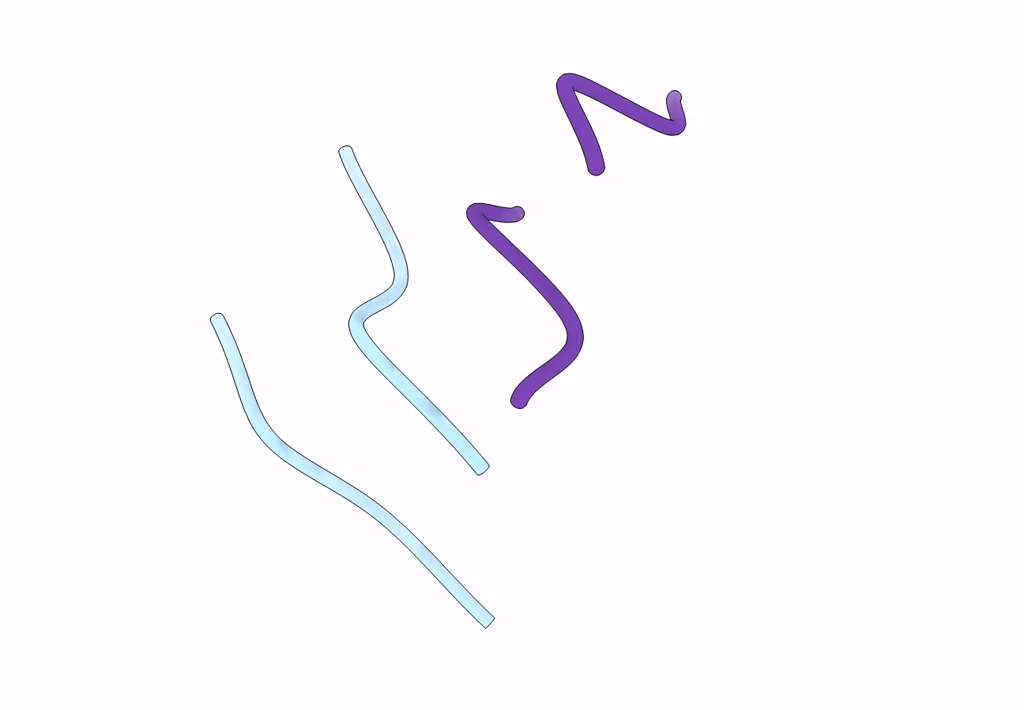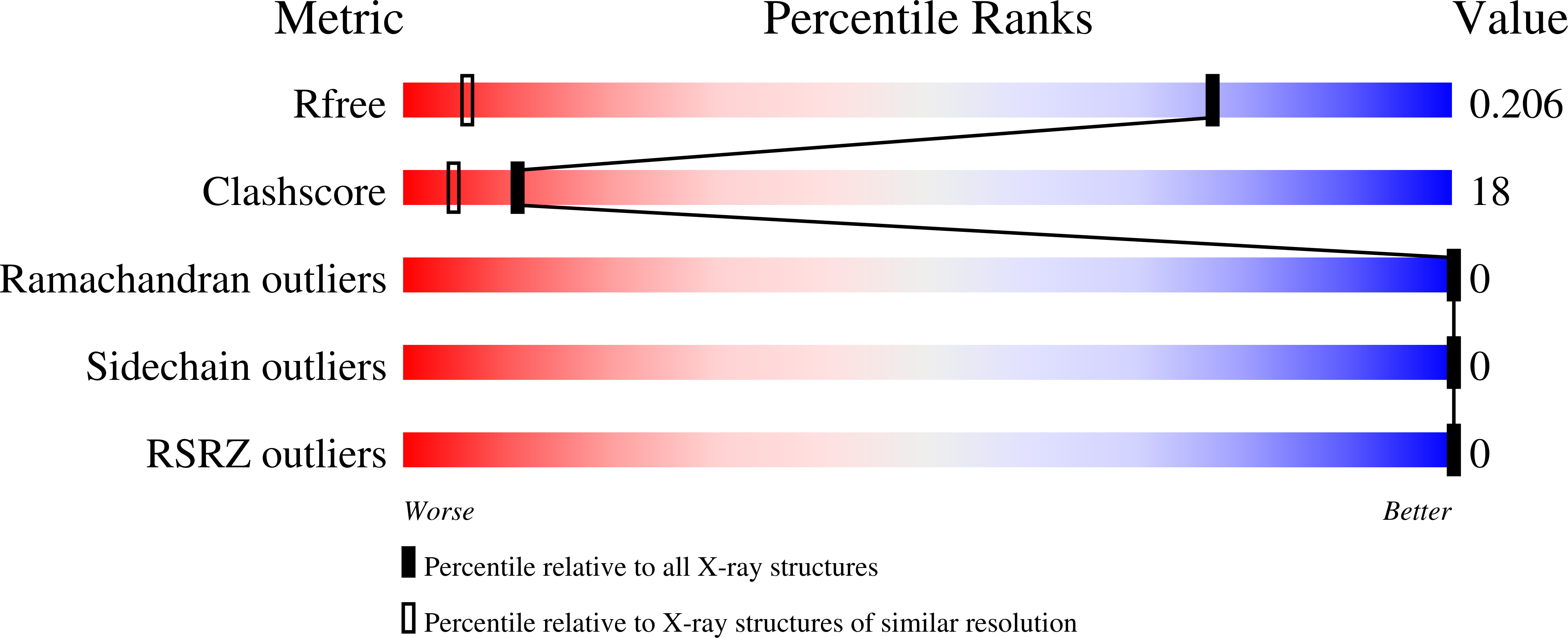
Deposition Date
2022-07-18
Release Date
2023-05-24
Last Version Date
2024-10-09
Entry Detail
PDB ID:
8DPY
Keywords:
Title:
Synthetic Beta Sheet Macrocycle Stabilized by Hydrogen Bond Surrogates
Biological Source:
Source Organism:
synthetic construct (Taxon ID: 32630)
Method Details:
Experimental Method:
Resolution:
1.00 Å
R-Value Free:
0.20
R-Value Work:
0.17
R-Value Observed:
0.18
Space Group:
P 62


